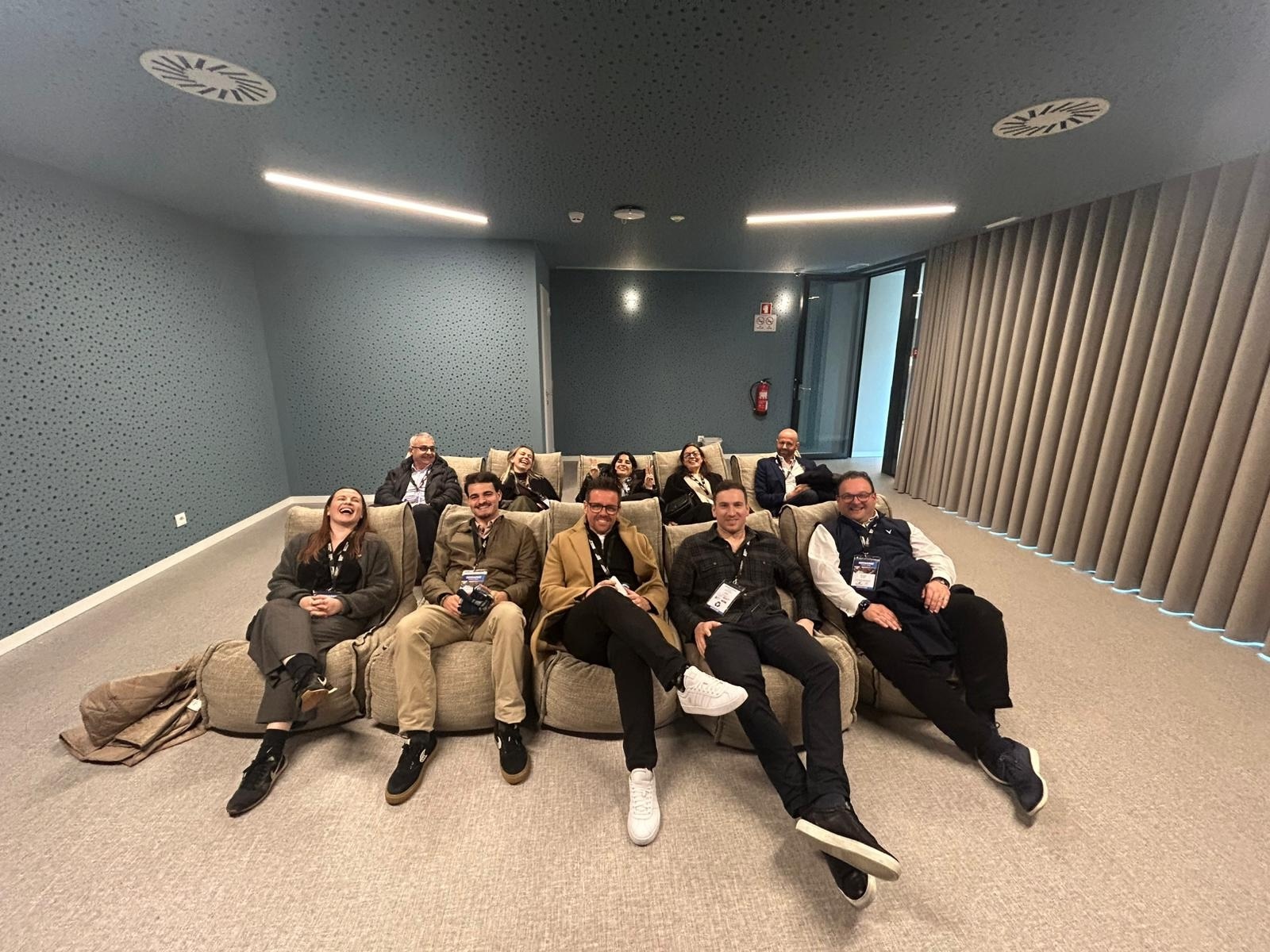Andrew Harrington from AHV Associates rounds up the hospitality transaction market and highlights the huge potential of the burgeoning green finance sector.
There has been a lot of activity in the hospitality market in recent months. In November, the AHV Hospitality Index of 18 global hospitality companies with a European presence saw its first significant downturn in the past 12 months, falling by 8.5 per cent against a broader market fall of 2.6 per cent. This was attributable to concerns surrounding the emergence of new COVID variants, and specifically the Omicron variant. The Index was more significantly impacted than the general STOXX Europe 600, which can be explained by the exposure of the industry to the potential re-emergence of restrictions.
However, the month also saw substantial activity in the M&A and capital markets. For example:
• The US Real Estate Investment Trust (REIT), Sun Communities Inc acquired Park Holidays in the UK
for £950 million. The purchase price is almost treble the £362 million that the current owner
Intermediate Capital Group paid back in 2016.
• The acquisition of Etraveli by Booking Holdings for €1.6 billion.
• Accor’s €700 million green bond issuance, at an initial coupon rate of 2.375 per cent. It is a sustainability
linked bond with interest payments linked to the company’s greenhouse gas emission reductions
compared to the 2019 benchmark. If the targets aren’t met, the interest rate could go up by 0.25 per cent.
Furthermore, although operators are reporting some scaling back of Christmas parties etc, many are still surprised at the robustness of demand and their ability to sustain ADRs that have historically been unachievable.
All this activity is encouraging for the hospitality industry in the short term. However, in our view, the key event this month is the announcement by The Sustainable Hospitality Alliance (SHA), which represents companies comprising 30 per cent of the industry, of a ‘Pathway to Net Positive Hospitality for the Planet’, which aims to show how any hotel can improve its environmental impact. This will have profound long term consequences for the hospitality industry.
The emergence of such initiatives can be seen to be in response to the changing tides of sustainability demands, something we have discussed in detail in our most recent Semi-Annual Research Report: The Opportunity of the Horizon: Green Finance in Real Estate and Hospitality
The situation is constantly and rapidly evolving. Today, more than ever, organisations are expected to take in to account a wide range of non-financial considerations, broadly relating to Environmental, Social and Governance (ESG) factors. Sustainability,
specifically, has become a core requirement for investors and we have been seeing an ever-increasing amount of capital being directed towards sustainable investments. In Europe today, roughly 50 per cent of all Assets Under Management (AUM) can be classified as ‘sustainable assets’.
With countries reinforcing commitments to carbon reduction with the recent COP26 conference we expect regulations and reporting standards to move forward with standardising requirements for sustainability to be built into all investments. We have already seen this with updates to Markets in Financial Instruments Directive II (MiFID II) and the recent Introduction of the International Sustainability Standards Board (ISSB). In
the future, we see such developments further pushing capital towards certifiably ‘sustainable’ investments.
Hospitality is the real estate sector that is most exposed to the changing tides of sustainability demands from investors, with high exposure and sensitivity to consumer demands coupled with the strong relationship between costs, energy consumption and energy efficiency.
At AHV Associates, we see this rapidly evolving situation bringing both grave dangers for those who fail to react, yet significant opportunities for those who are able to adapt, and particularly for those brave enough to be first movers.
The evolving situation presents opportunities to not only maximise profits but also to minimise exposure to risks, both from a regulatory and consumer demand perspective. On the other side, we see profit maximisation coming from a matrix of enhanced consumer demands, reduced operating costs and access to cheaper debt financing instruments, with an expectation for yields to yield differentials between green and conventional financing to widen over the long-term.
It is this access to cheaper debt financing, defined as green finance, that we see as the key to this cycle of value creation. Given the nascent stage of development of the green finance sub sector, particularly as it relates to hospitality (only emerging in 2019), available data is thin on the ground. Research from French asset managers Amundi however, suggest that the average so called “greenium” on green finance products (lower interest and coupon rate payments, for borrowers and bond issuers, respectively) is between 15 and 25 basis points.
In hospitality, we have seen this gap widen significantly, as evidenced by the widely publicised Whitbread green bond offering. Whitbread’s issuance of two green bonds in February 2021 suggests that the greenium in hospitality could be as wide as 70 to 132.5 bps cheaper than the equivalent cost of finance for a similarly rated issuance.
Importantly, these savings are readily apparent when looked at in relation to the overall cost of financing, equating to a 10 per cent saving in the wider market and rising to as much as a 35 per cent saving in hospitality.
In our research we find that this additional greenium in hospitality is to be expected, given the unique position of the industry, being highly sensitive to consumer preferences and with highly energy intensive operations.
We see a huge opportunity for hospitality as, implemented properly and in a verifiable way, adherence to ESG standards can result in a continuing cycle of value creation through lower operating costs, higher occupancy rates and RevPARs, cheaper costs of financing, and lower exit yields.
If you would like to find out more about this unique opportunity please follow the link to our most recent Semi-Annual Research Report: The Opportunity of the Horizon: Green Finance in Real Estate and Hospitality
And, click here to receive more regular updates from AHV Associates.









